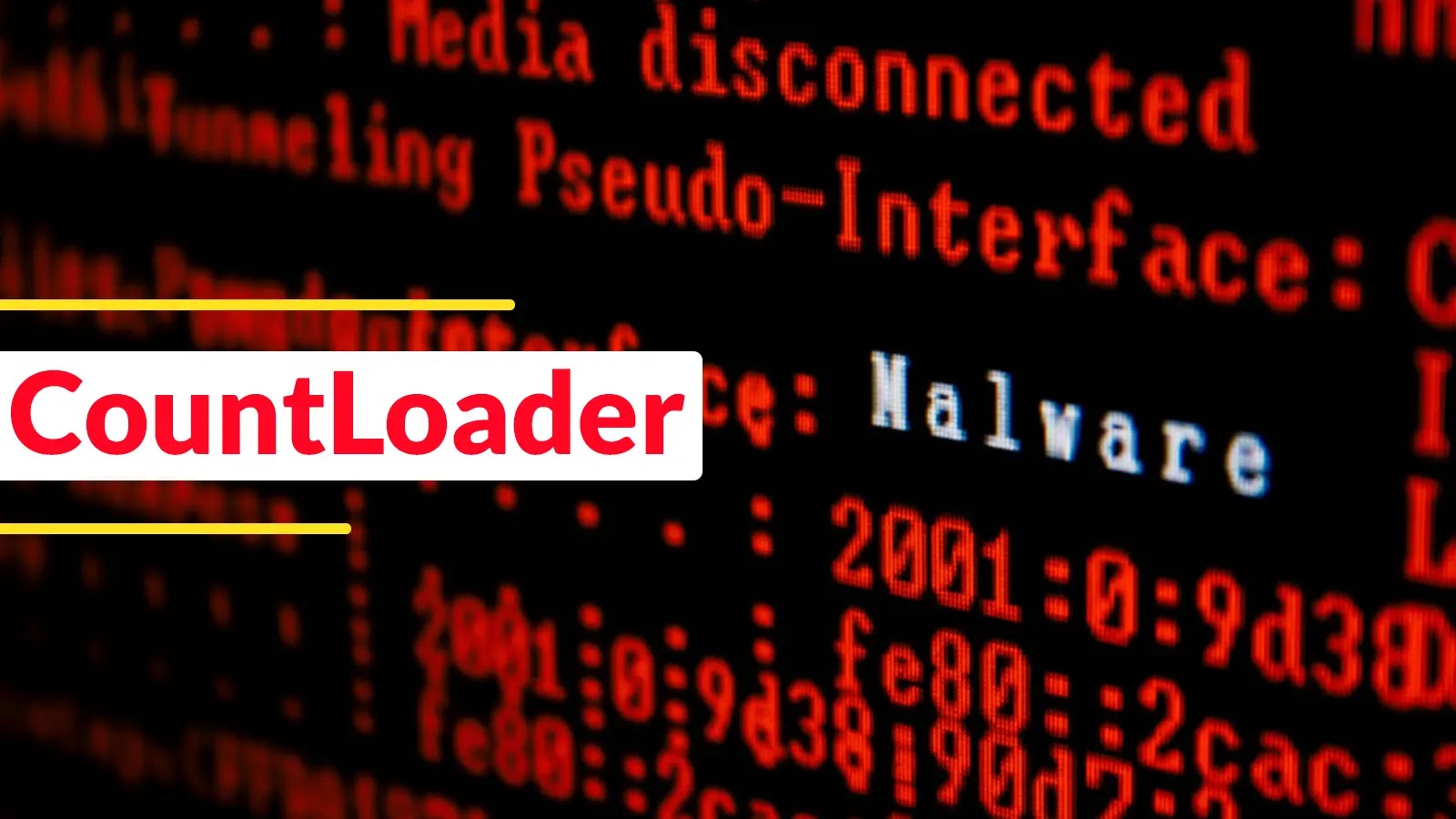
New Malware Loader ‘CountLoader’ Weaponized PDF File to Deliver Ransomware
The cybersecurity landscape has recently witnessed the emergence of a new and concerning threat: CountLoader. This sophisticated malware loader is weaponizing seemingly innocuous PDF files to deliver devastating ransomware payloads. Its appearance signals a renewed focus by cybercriminals on leveraging trusted document formats to bypass traditional defenses and inflict significant damage.
CountLoader: A New Threat on the Horizon
First detected in late August 2025, CountLoader represents a significant escalation in the ongoing battle against ransomware. Security teams have observed its cunning strategy: masquerading as legitimate documents, often impersonating Ukrainian law enforcement, to trick unsuspecting users into executing malicious code. This social engineering tactic, combined with the inherent trust users place in PDF files, makes CountLoader a particularly potent and insidious threat.
Weaponized PDF Files: The Delivery Mechanism
CountLoader’s primary method of infection involves weaponized PDF documents. These files, at first glance, appear harmless. However, they are meticulously crafted to exploit vulnerabilities or deceive users into enabling macros or clicking malicious links embedded within the document. The seemingly legitimate content serves as a lure, masking the true intent of the file: to initiate the CountLoader infection chain and subsequently deploy ransomware.
Attribution and Affiliation with Notorious Ransomware Groups
Analysis of CountLoader’s activity has revealed troubling connections to prominent Russian-speaking cybercriminal groups. Affiliates of notorious ransomware operations such as LockBit, BlackBasta, and Qilin have been linked to deployments leveraging CountLoader. This collaboration among advanced threat actors underscores the loader’s effectiveness and the serious financial and operational risks it poses to organizations worldwide. The association with these groups suggests a mature and well-resourced threat actor leveraging CountLoader as a key component in their attack infrastructure.
Remediation Actions for CountLoader
Protecting against CountLoader requires a multi-layered security approach focusing on prevention, detection, and response. Proactive measures are critical to mitigating the risk posed by this sophisticated malware loader.
- User Education: Implement continuous training programs to educate employees on the dangers of suspicious attachments, especially unexpected PDF files. Emphasize verification of sender identity and the risks associated with enabling macros or clicking unknown links within documents.
- Email Filtering and Sandboxing: Employ advanced email security solutions with robust attachment filtering and sandboxing capabilities. These tools can identify and quarantine malicious PDFs before they reach end-users.
- Endpoint Detection and Response (EDR): Deploy EDR solutions to monitor endpoint activity for suspicious processes, file modifications, and network connections indicative of CountLoader or ransomware activity.
- Patch Management: Ensure all operating systems, applications, and particularly PDF readers, are kept up-to-date with the latest security patches. Many weaponized PDFs exploit known vulnerabilities, and timely patching can close these attack vectors.
- Disable Unnecessary Features: Configure PDF readers to disable automatic execution of JavaScript or other embedded content by default. Prompt users before allowing such content to run.
- Network Segmentation and Backup: Implement network segmentation to limit the lateral movement of malware in case of an infection. Maintain regular, air-gapped, and immutable backups of critical data to ensure recovery in the event of a successful ransomware attack.
- Threat Intelligence: Stay informed about the latest threat intelligence regarding CountLoader, its indicators of compromise (IoCs), and evolving tactics, techniques, and procedures (TTPs) of associated ransomware groups.
Conclusion
The emergence of CountLoader, weaponizing PDF files to deliver ransomware from notorious cybercrime groups, highlights the sustained and evolving threat landscape. Organizations must prioritize robust cybersecurity defenses, comprehensive employee training, and continuous vigilance to safeguard against these increasingly sophisticated attacks. Adapting to new threats like CountLoader is paramount for maintaining data integrity and operational continuity.





